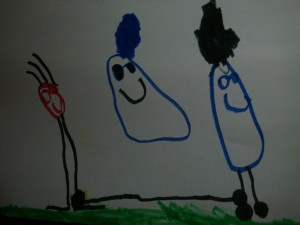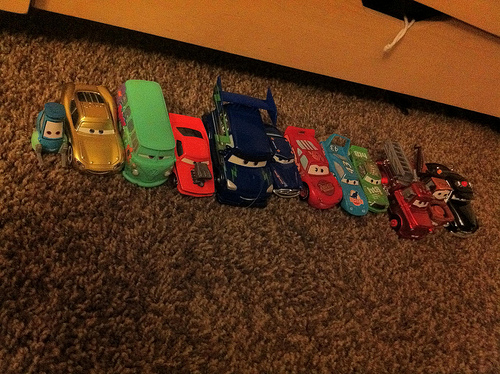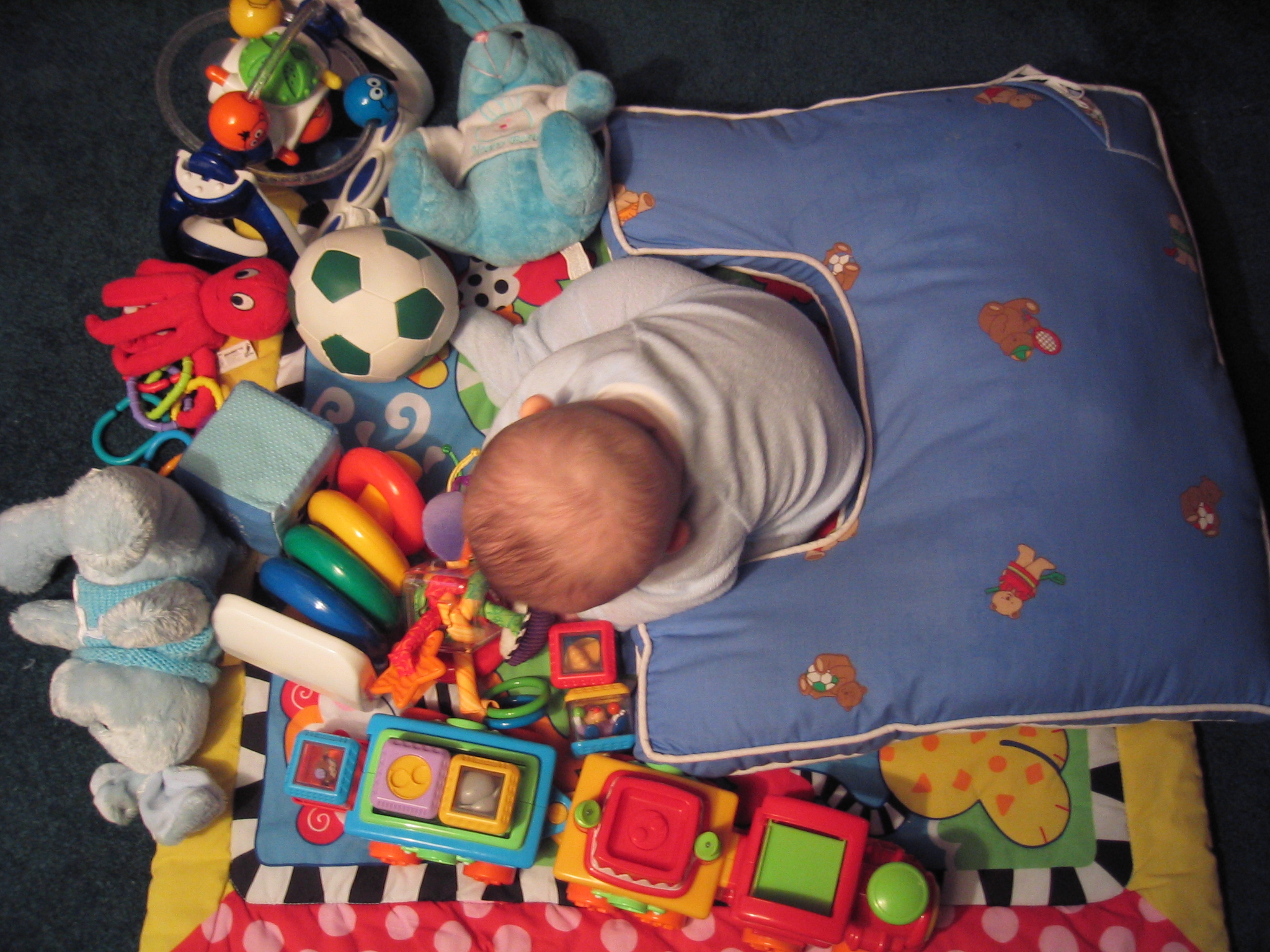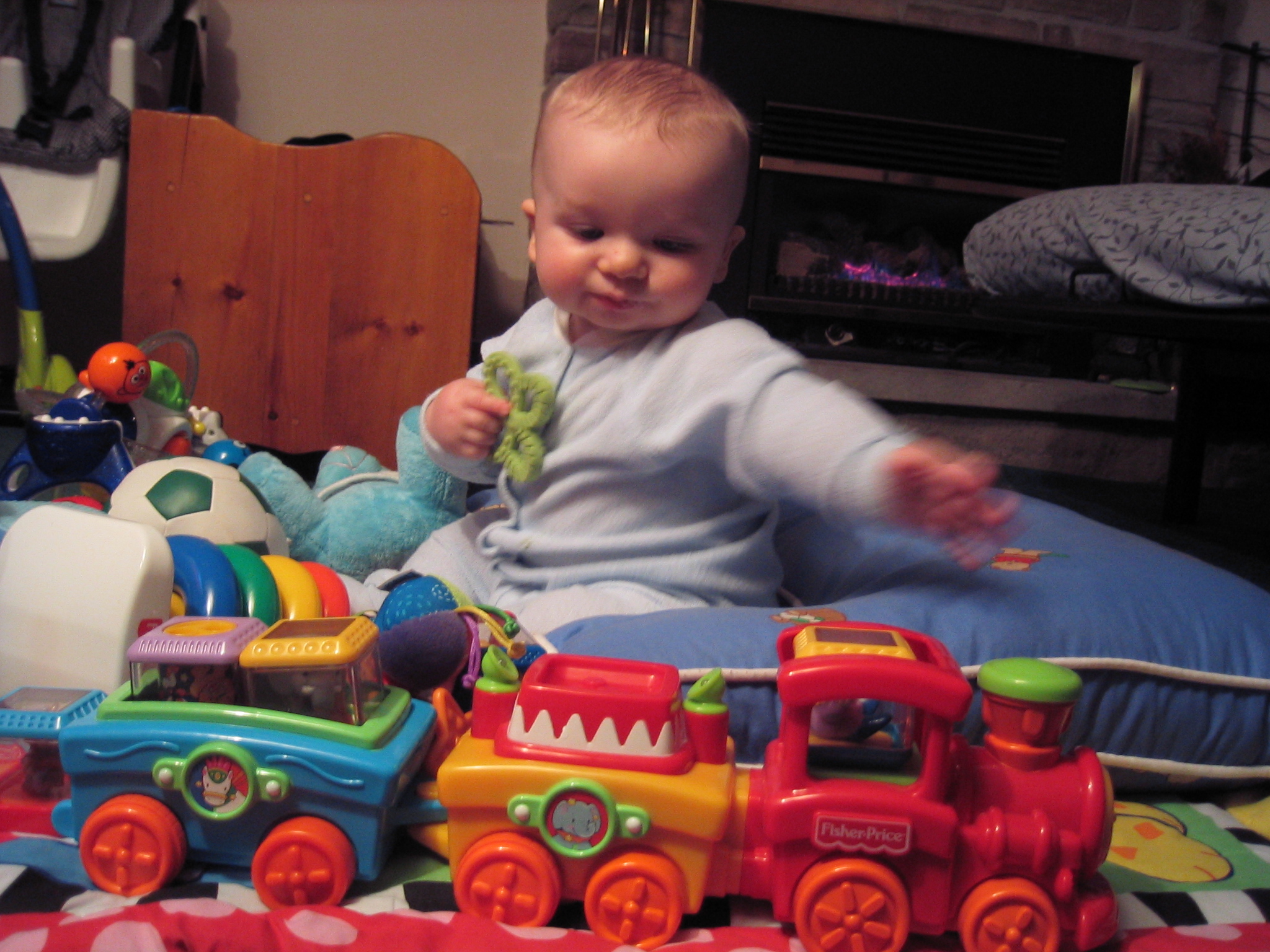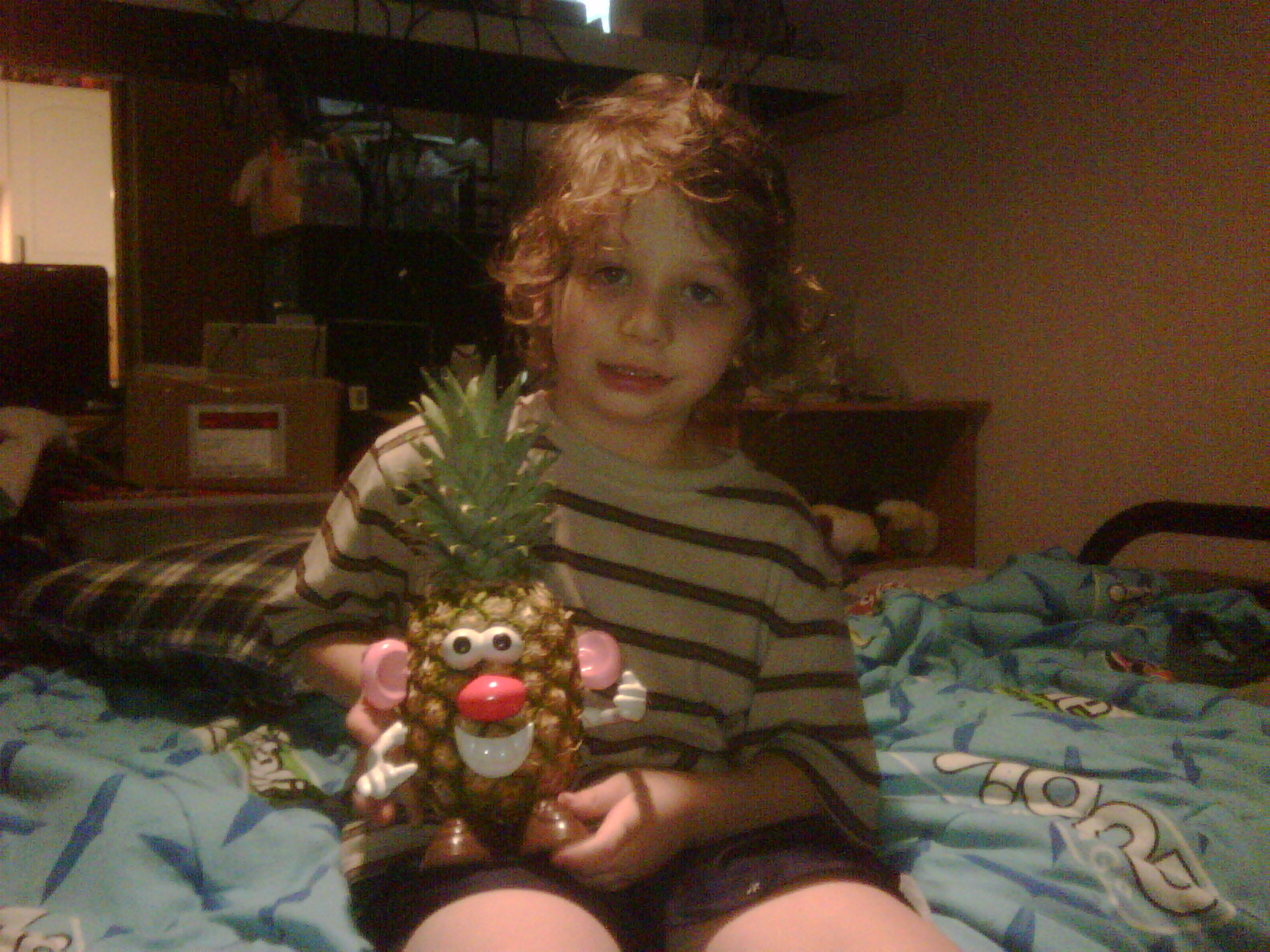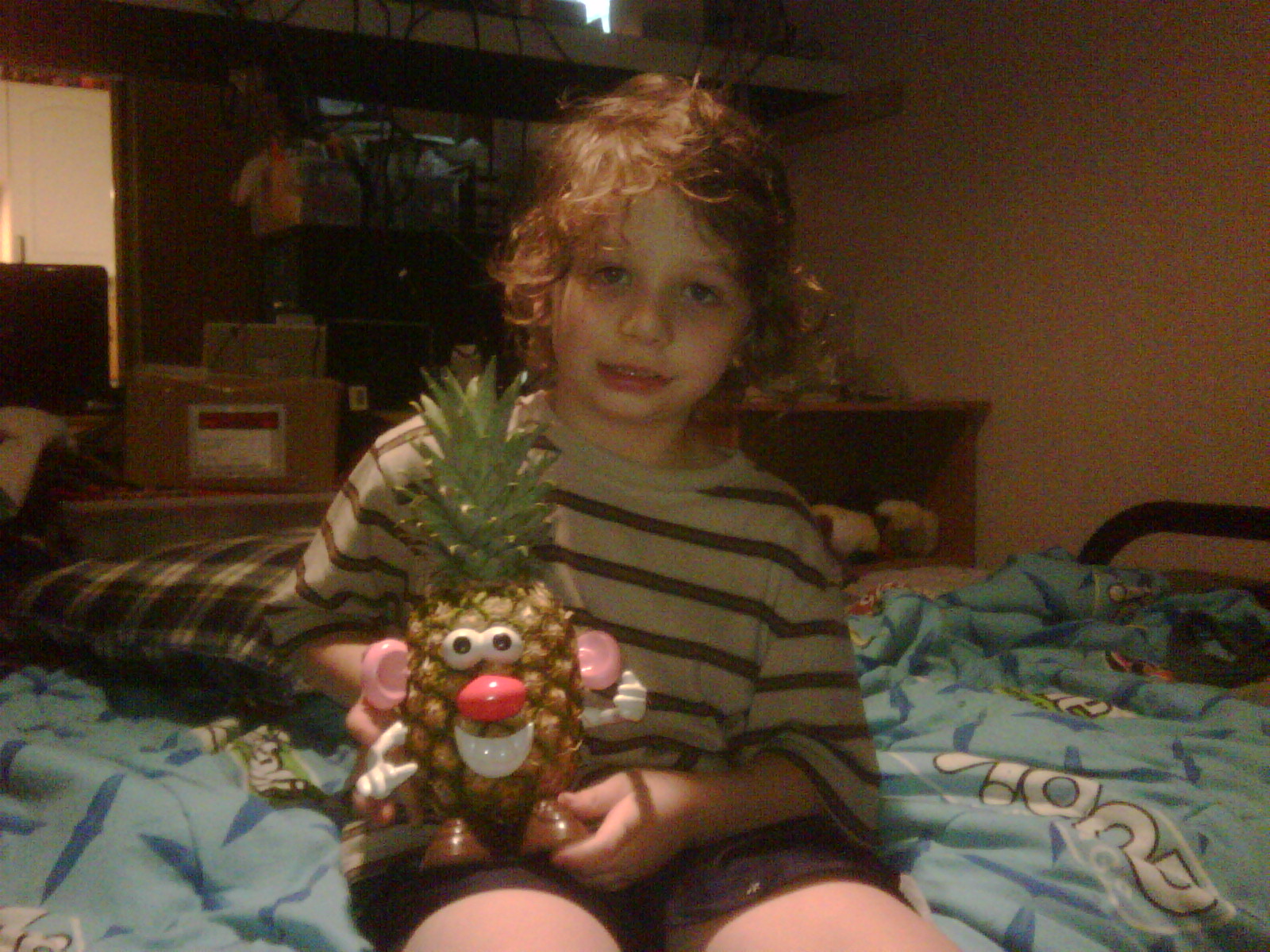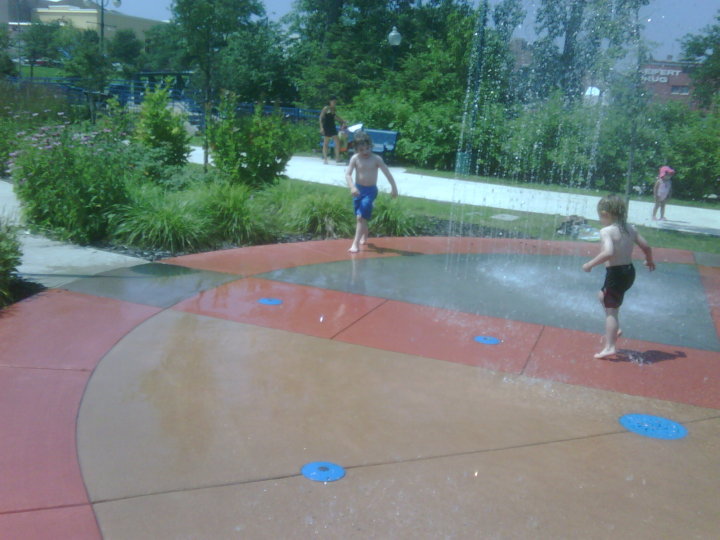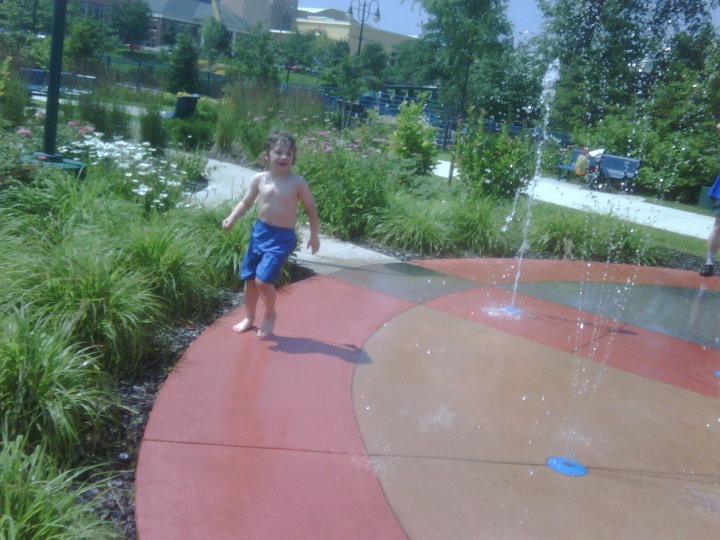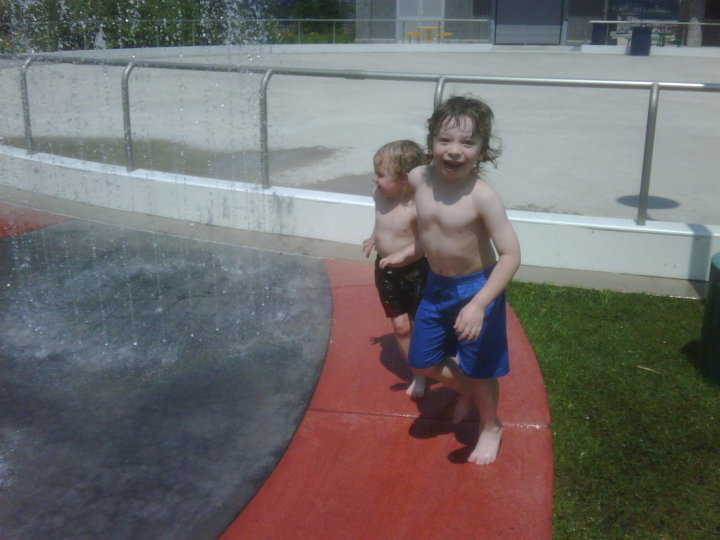Today’s prompt in the National Health Blog Post Month challenge is to write a post inspired by a picture or a video.
One of George’s favourite shows is a charming little cartoon called Peep And The Big Wide World. It’s about a chicken (Peep), a robin (Chirp) and a duck (Quack) who are best of friends and make all kinds of discoveries about the world. It is entertaining – even to an old fogie like me – but it is also educational.
In one of the episodes, Chirp and Quack find that they have been inadvertently joined together by a rope, so wherever one goes, the other has to go. This presents a conflict, because Chirp wants to sit in a tree, and Quack wants to float in his pond. They resolve the problem by taking turns to pick the activities of the day.
When George first started tying dressing gown cords around people’s ankles, I didn’t immediately make the connection. It was only when he tied one end of the cord to my ankle and the other end to his own ankle that I realized that he was role playing the scene in the show.
For a kid with autism, this is huge. I mean, HUGE. Pretend play is a fairly complex skill, and because it is socially based, it is one that autistics tend to have quite a lot of trouble with.
And so I encouraged this play and made attempts to expand on it. Before long, George was playing “turtle” by crawling around with his T-shirt pulled down over his knees, and he was being a dog, crawling around going “Arf!” It was a lot of fun witnessing this evolution in George’s play skills.
What really got me excited was the picture he drew. Up until this point, I didn’t think his fine motor skills were good enough for him to draw an actual picture. And here he was, coming up with a clear representation of the scene from Peep. This is the first real picture George drew.
This is all such a massive leap for George. It shows a new level of social awareness, it shows imagination, and it shows intent.
The best part is how proud George was of his picture. As well he should be.
(Photo of George’s artwork taken by Kirsten Doyle)





